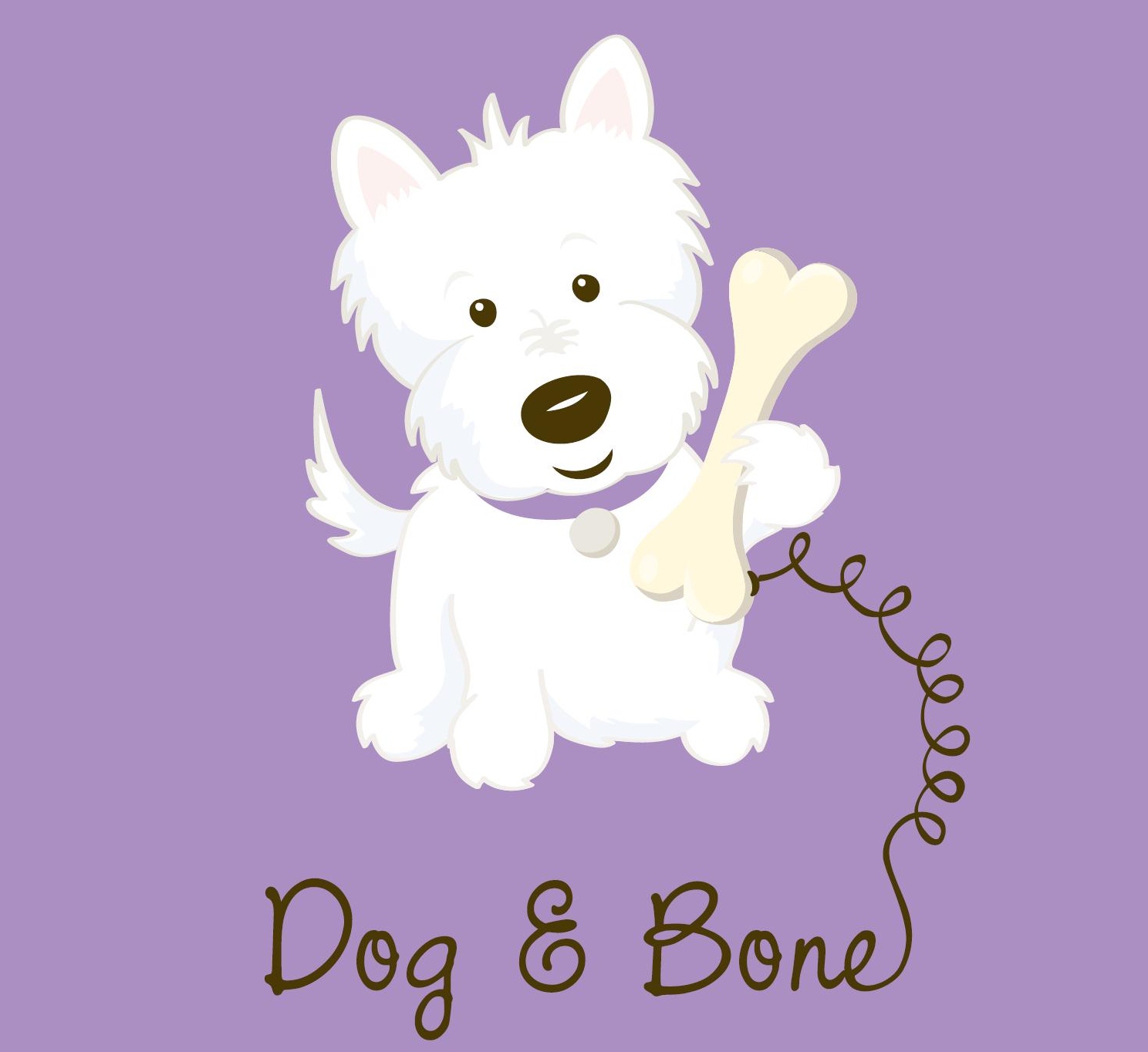Heat stroke in dogs is a serious condition that can be life-threatening if not addressed promptly. Here are some signs of heat stroke in dogs to watch out for:
Signs of Heat Stroke in Dogs:
- Excessive panting and salivating
- Bright red or pale gums
- Rapid heartbeat
- Weakness or collapse
- Vomiting or diarrhea
- Glazed eyes or staring
- Elevated body temperature (over 103°F or 39.4°C)
- Lethargy or disorientation
- Tremors or seizures
- Difficulty breathing
Treatment for Heat Stroke in Dogs:
Primarily we really ought to avoid exposing our dogs to the risk in the first instance, but should the worst happen, here are some first aid tips. These DO NOT negate the requirement to seek professional veterinary assistance.
- Move your dog to a cool area: Immediately take your dog to a shaded or air-conditioned location away from direct sunlight. Place them on a cool surface like tile or a wet towel.
- Lower body temperature: Use cool, not cold, water to wet your dog’s body. Apply cool water to their head, neck, and groin area. Do not use ice water as it may constrict blood vessels and inhibit heat loss.
- Fan the dog: Create air circulation by using a fan or waving a piece of cardboard to help evaporate moisture and cool your dog.
- Offer water: Allow your dog to drink small amounts of cool water or lick ice cubes to rehydrate, but don’t force them to drink.
- Contact a veterinarian: Heat stroke is a medical emergency, so call your veterinarian or an emergency animal clinic immediately for further guidance. They may instruct you to continue cooling measures while you transport your dog.
- Avoid overcooling: Once your dog’s body temperature starts to decrease, stop the active cooling methods and focus on maintaining a comfortable environment.
- Monitor vital signs: Keep a close eye on your dog’s breathing, heart rate, and overall condition until professional help arrives.
Remember, heat stroke is preventable. Ensure your dog has access to shade, fresh water, and never leave them unattended in a parked vehicle. Additionally, be cautious when exercising your dog in hot weather and adjust the intensity and duration of outdoor activities accordingly
This is just one of the subjects we cover in our level 2 Award in Canine Health Welfare and Behaviour and Our Level 3 Award in Canine First Aid find out more about our course starting in September HERE



